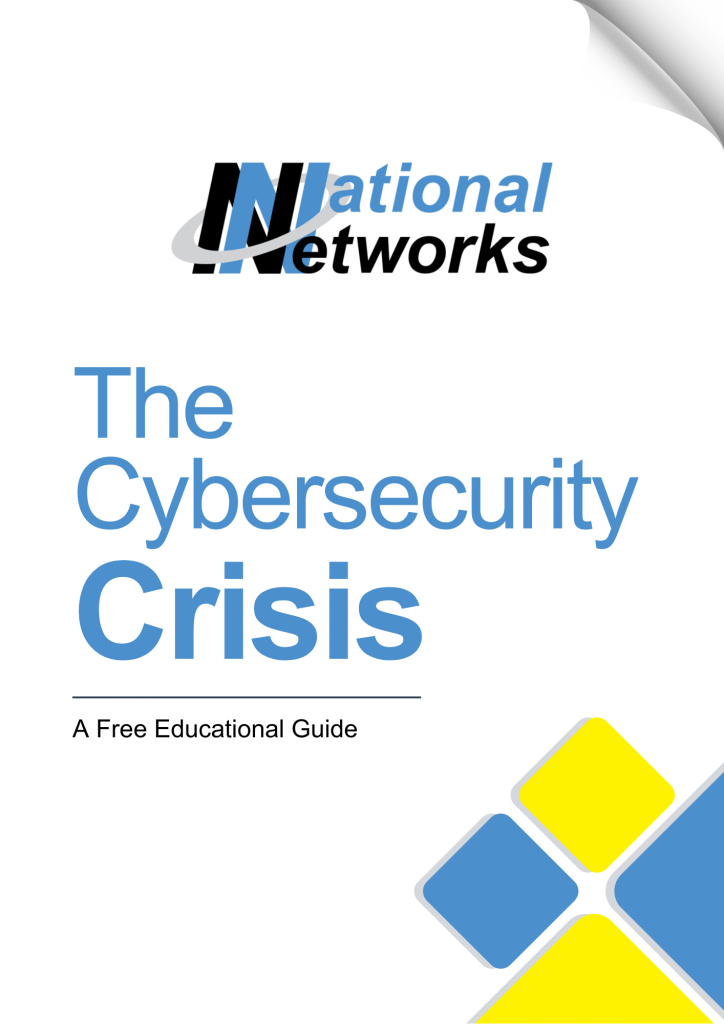 AI is advancing at lightning speed—and with it comes a whole new way of doing business. While the possibilities are exciting, it’s important to remember that cybercriminals have just as much access to AI tools as you do. For businesses across Southwest Louisiana and Southeast Texas, that means new risks are lurking in the shadows.
AI is advancing at lightning speed—and with it comes a whole new way of doing business. While the possibilities are exciting, it’s important to remember that cybercriminals have just as much access to AI tools as you do. For businesses across Southwest Louisiana and Southeast Texas, that means new risks are lurking in the shadows.
Here are three AI “monsters” to watch out for—and how to shine a light on them before they sneak up on your team.
Doppelgängers in Your Video Chats: Beware of Deepfakes
AI-generated deepfakes are becoming creepily realistic, and attackers are already using them in social engineering scams.
In one recent case, an employee at a cryptocurrency foundation joined a Zoom meeting only to find themselves face-to-face with deepfake versions of their senior leadership. The fake executives told the employee to download a “Zoom extension,” which ended up opening the door to a North Korean cyber intrusion.
For local businesses, this kind of scam flips traditional verification processes upside down. To avoid getting tricked, watch for red flags like:
- Facial glitches or odd inconsistencies.
- Long silences or delayed lip movement.
- Unnatural lighting or strange backgrounds.
Pro tip: Always verify sensitive requests through another channel, like a phone call, before taking action.
Creepy Crawlies in Your Inbox: AI-Powered Phishing Emails
Phishing emails aren’t new, but AI has made them harder to detect. Gone are the days when broken grammar and spelling mistakes gave scammers away. Today, AI can create polished, professional-looking phishing emails—and even translate them into multiple languages to scale attacks.
That said, the old rules still apply, and smart defenses make a huge difference:
- Enable MFA (multifactor authentication): Even if an employee falls for a phishing link, MFA adds an extra barrier attackers usually can’t get past.
- Invest in security awareness training: Teach your employees to spot urgency tactics, strange sender addresses, and other subtle red flags.
For businesses in Lake Charles, Beaumont, and Nederland, where phishing is one of the most common attack vectors we see, these steps are essential.
Skeleton AI Tools: Fake “Software” Full of Malware
Hackers know businesses are eager to try out the latest AI tools—and they’re taking advantage of that excitement. We’re seeing more malicious “AI tools” pop up online, disguised as productivity boosters but actually packed with malware.
For example, researchers uncovered a TikTok campaign promoting ways to “crack” ChatGPT through a PowerShell command. In reality, it was a malware distribution scheme targeting unsuspecting users.
To keep your business safe:
- Never download “cracked” or unofficial software.
- Ask your IT team—or better yet, your MSP—to vet new AI tools before you use them.
- Provide regular security training so employees know how to spot suspicious downloads.
Don’t Let AI Ghosts Haunt Your Business
From deepfakes to AI-powered phishing to fake software, attackers are using AI in scary new ways. But with the right defenses, your business doesn’t have to be an easy target.
At National Networks, we’ve been protecting businesses in Southwest Louisiana and Southeast Texas for over 26 years. Our “yellow shirts” are here to help you chase away the cyber ghosts before they become real problems.
Schedule a free discovery call today and let’s talk through how to keep your business safe from the spooky side of AI.

